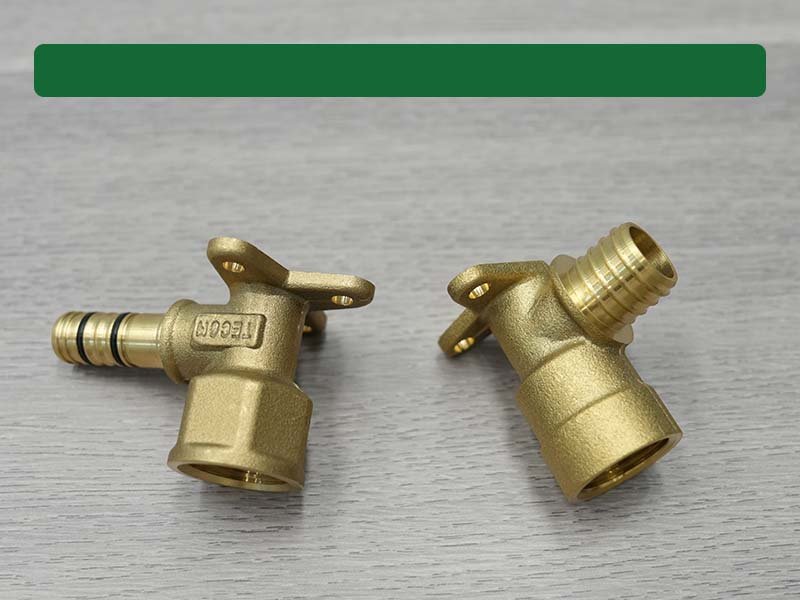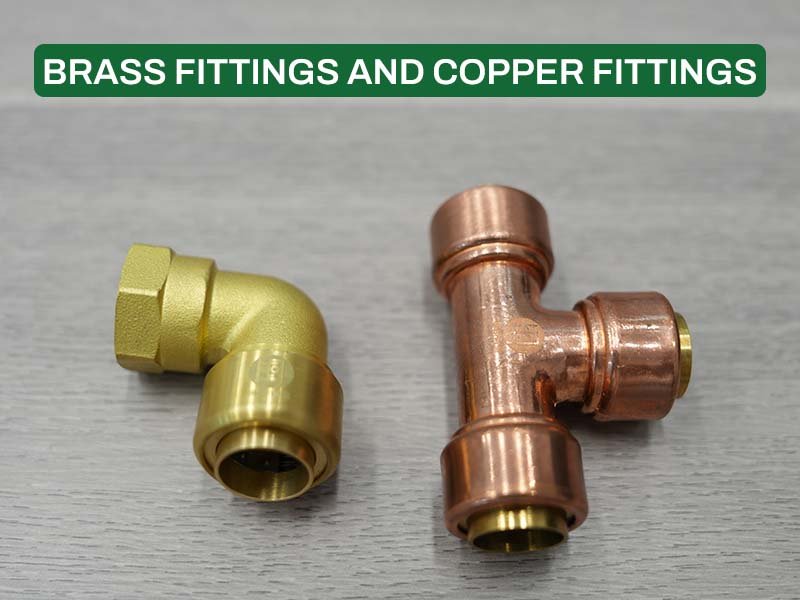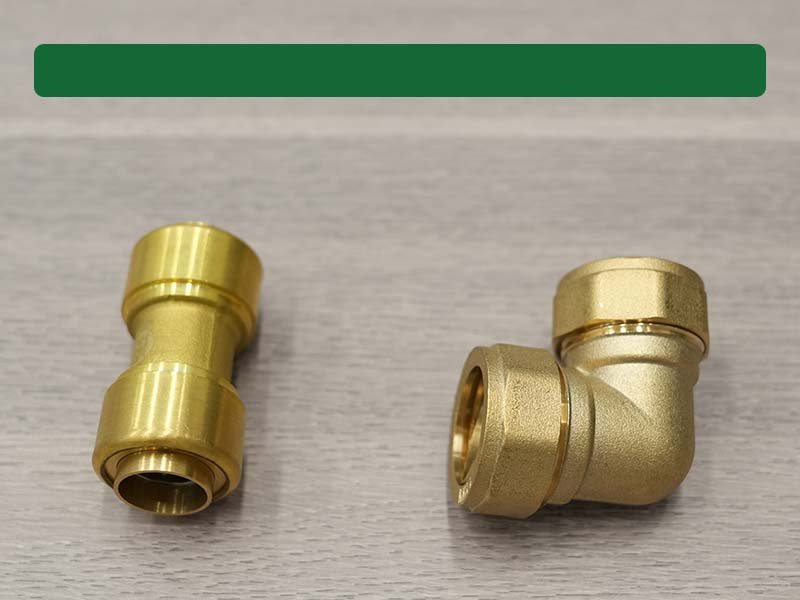In the plumbing industry, fittings are indispensable components that serve various functions, from connecting pipelines to regulating the flow of liquids. Among the many materials used to manufacture these essential parts, brass and copper stand out for their widespread use and distinct properties. This article will explore the differences between brass and copper fittings, their unique characteristics, and their applications in the plumbing sector.
What Are Fittings?
Pipe fittings are the joints or connections that come in different shapes and sizes. They are integral to the construction and maintenance of plumbing systems, as they not only connect pipes but also control the direction and flow of liquids and gases.
Types of Fittings
Fittings are classified based on their shapes and sizes, with some of the most common types including:
- Elbow Fitting: Used to change the direction of flow in a pipeline.Tee-Type Fitting: Resembling the letter ‘T’, these fittings have three openings for branching connections.Coupling Fitting: Connects two pipes of the same width, useful for repairs or extensions.Reducer Fitting: Reduces the size of a larger pipe, allowing connections between pipes of different diameters.Cross Fitting: Facilitates connections between four pipes at a single point.Adapters and Unions: Change the end of a pipe to threaded form for various connections.

Properties of Brass Fittings
Brass fittings offer a range of properties that make them suitable for plumbing applications:

- Corrosion Resistance: Brass is highly resistant to rusting, ensuring longevity in water systems.
- Malleability: Its malleable nature allows for easy shaping and forming during manufacturing.
- Temperature Tolerance: Brass fittings can withstand high temperatures, making them versatile for various applications.
- Aesthetic Appeal: They have a shiny, gold-like appearance that adds to their visual appeal.
Properties of Copper Fittings
Copper fittings also present unique advantages:
- Ductility: Copper is easy to draw into sheets, making it versatile for different types of fittings.
- Lightweight: Copper is lighter than brass, which can be beneficial for certain applications.
- Corrosion Resistance: Copper exhibits excellent resistance to corrosion, making it a reliable choice for water supply lines.
- Thermal Conductivity: Copper’s high thermal conductivity is advantageous for applications involving heat transfer.

Key Differences Between Brass and Copper Fittings
- Color and Appearance: Brass fittings have a lighter, gold-like color, while copper fittings have a darker, reddish-brown appearance.
- Corrosion Resistance: Copper fittings are more resistant to corrosion, including saltwater environments, compared to brass.
- Strength and Rigidity: Copper fittings are rigid and not as susceptible to breaking, whereas brass, although soft, also provides good strength.
- Temperature and Pressure Range: Brass fittings generally work well in a broader temperature range and can handle higher pressures.
Applications
- Brass Fittings: Often used in water pipeline systems due to their strength and corrosion resistance in freshwater environments.
- Copper Fittings: Suited for both hot and cold water supply lines, known for their corrosion resistance and ease of installation.
Conclusion
The choice between brass and copper fittings depends on specific project requirements, including the environment, temperature and pressure ranges, and aesthetic considerations. Both materials offer distinct benefits, and understanding their properties is crucial for selecting the right fittings for any plumbing application. As a professional supplier, we can provide a comprehensive range of brass and copper fittings to meet your specific needs. Contact us for more information or to discuss your project requirements.


